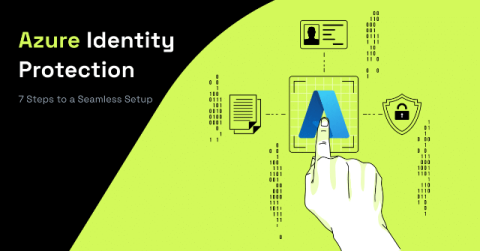Top 7 Database Security Best Practices
Safeguarding your data is not just an option—it’s a necessity. Cyber threats are evolving at an unprecedented pace, and your database could be the next target. Whether you’re managing sensitive customer information or intricate analytics, database security should be at the top of your priority list. This article dives deep into the top 7 database security best practices that will help you fortify your defenses.






